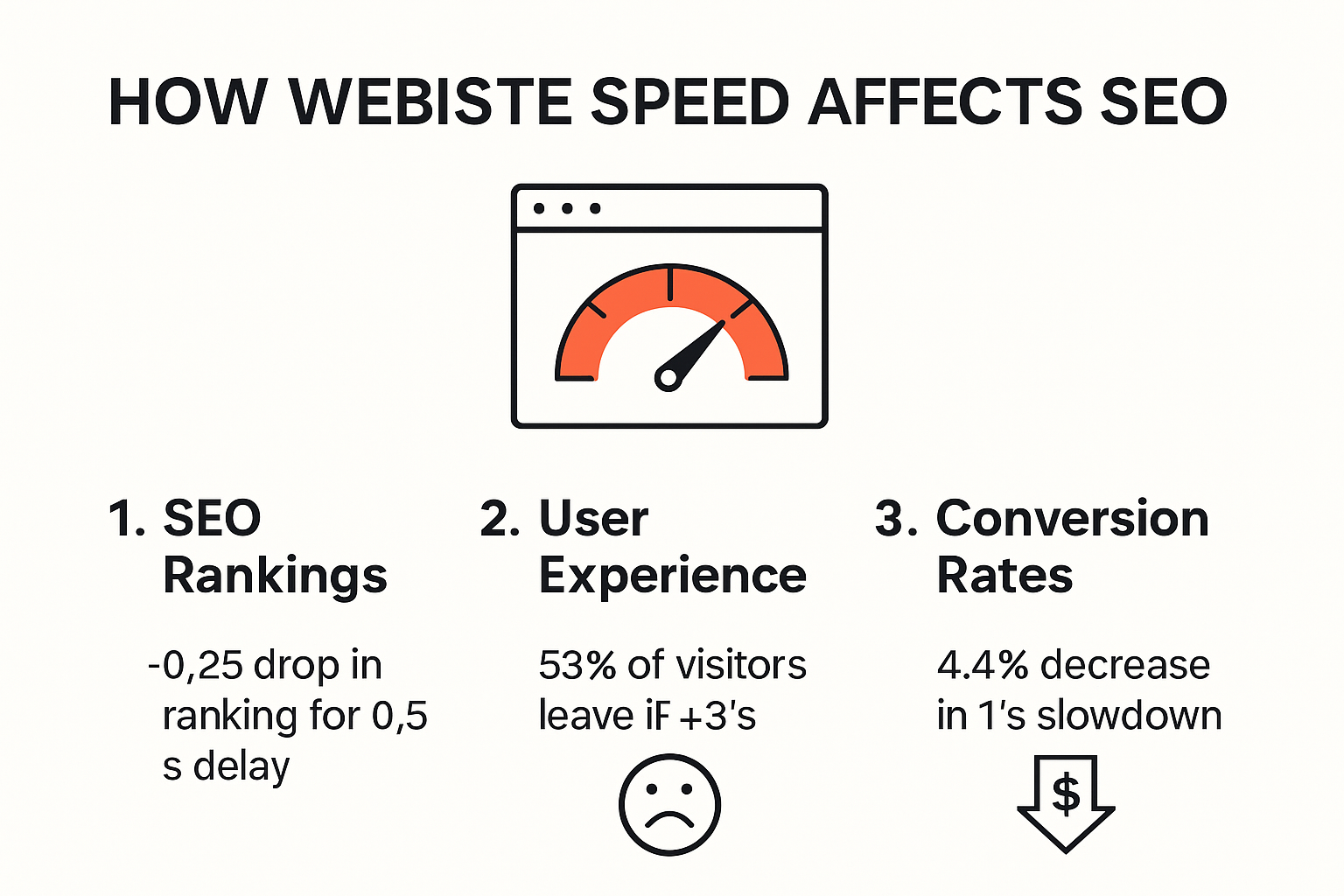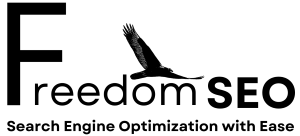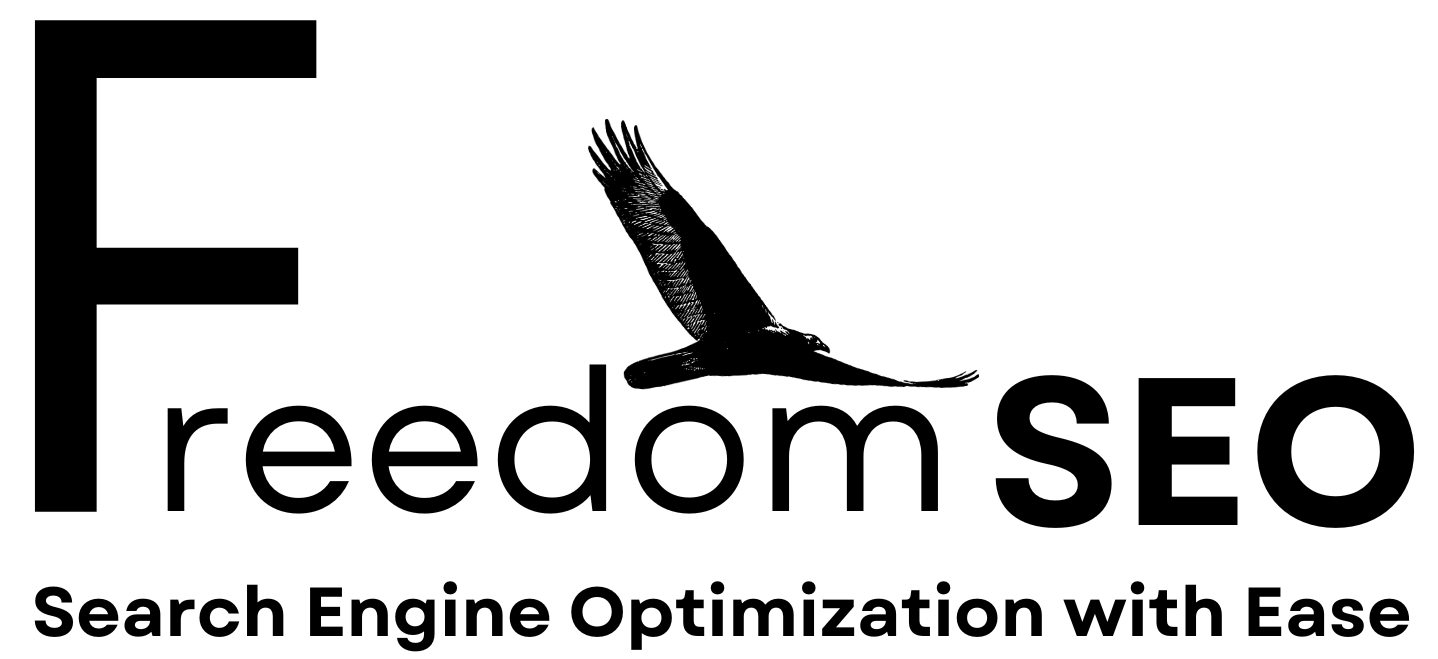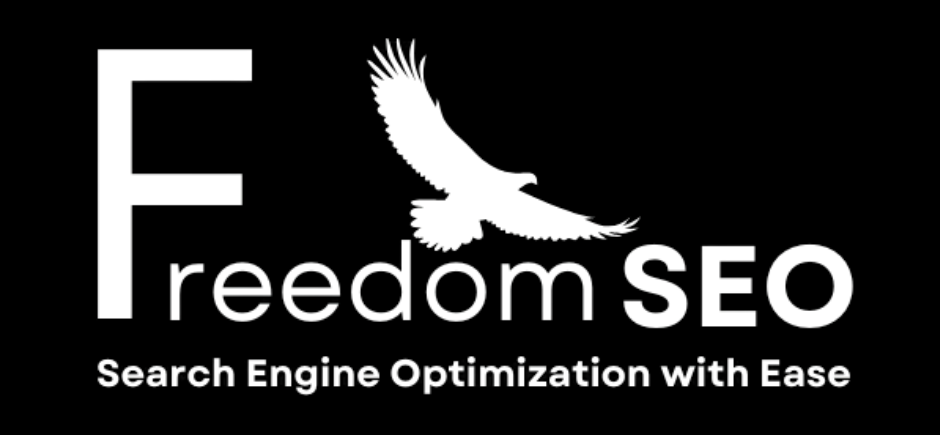Website Speed Optimization Tips for Canadian Businesses 2025

Website speed can make or break a Canadian business online. Everyone talks about visuals and branding, but one study found that a 100-millisecond delay drops conversion rates by 7% . Turns out, all that flashy design means nothing if your site loads slowly and causes half your potential customers to click away in frustration.
Table of Contents
Quick Summary
| Takeaway | Explanation |
|---|---|
| Website speed is crucial for SEO and sales | Slow-loading websites can significantly decrease search rankings and conversion rates, with even a small delay leading to lost revenue for Canadian businesses. |
| Implement DIY optimization techniques | Focus on image compression, JavaScript efficiency, and caching strategies to enhance website performance without extensive technical expertise. |
| Consider Canadian-specific web hosting | Choose local hosting providers to reduce latency and ensure compliance with regulations, improving the overall performance for Canadian audiences. |
| Utilize performance testing tools | Employ free and advanced tools like Google PageSpeed Insights and WebPageTest for ongoing analysis and targeted optimization of website speed. |
| Continuous improvement is essential | Website speed optimization should be viewed as an ongoing process, requiring regular audits and updates to maintain a fast, user-friendly experience. |
Why Website Speed Matters for SEO and Sales
Website speed is no longer just a technical detail – it’s a critical factor that directly impacts your business’s online success. In the digital marketplace, every second counts, and slow-loading websites can devastate your sales and search engine rankings.

The Search Engine Performance Connection
Search engines like Google have made website speed a key ranking factor. Google’s official performance documentation reveals that page load speed significantly influences search result positioning. Websites that load in under three seconds are more likely to rank higher, while slower sites get pushed down in search results. This means potential customers might never find your business if your website crawls.
Moreover, research from Akamai demonstrates that a mere 100-millisecond delay can decrease conversion rates by 7%. For Canadian businesses competing in a digital marketplace, these milliseconds translate directly into lost revenue.
Here is a table summarizing key statistics about how website speed affects conversion and user behaviour:
| Metric | Threshold/Value | Impact |
|---|---|---|
| Conversion Rate Drop | 100-millisecond delay | 7% decrease in conversions |
| Abandonment Rate | Page loads > 3 seconds (mobile users) | Up to 53% abandon site |
| Conversion Improvement | 1 second faster load time | Up to 20% increase in conversions |
The Customer Experience and Sales Impact
Customer patience is remarkably thin in the digital age. Modern consumers expect instant access to information and services. A slow website isn’t just inconvenient – it’s a direct barrier to sales. When pages take longer than three seconds to load, up to 53% of mobile users will abandon the site entirely. This isn’t just an inconvenience; it’s a substantial loss of potential customers and revenue.
Consider the psychological impact: a sluggish website suggests an outdated, unprofessional business. Customers subconsciously equate website performance with business capability. A fast, responsive site communicates efficiency, reliability, and customer commitment. In contrast, a slow site might make potential clients question your business’s technical competence and overall service quality.
Financial Implications of Website Speed
The financial stakes of website speed are substantial. For ecommerce and service-based businesses, speed directly correlates with revenue. Each second of delay can result in significant conversion rate drops. A one-second improvement in page load time can increase conversions by up to 20%, according to conversion optimization studies.
Website speed optimization isn’t just a technical exercise – it’s a strategic business investment. By prioritizing website performance, Canadian businesses can improve search engine rankings, enhance user experience, and ultimately drive more sales. The message is clear: in the digital marketplace, speed isn’t just an advantage – it’s a necessity.
Implementing website speed optimization requires a holistic approach. This includes optimizing images, leveraging browser caching, minimizing code, and choosing high-performance hosting solutions. Each improvement contributes to a faster, more responsive website that keeps customers engaged and search engines happy.
Top DIY Website Speed Optimization Techniques
Website speed optimization requires strategic, technical approaches that Canadian businesses can implement without extensive development expertise. By understanding and applying targeted techniques, you can significantly improve your website’s performance and user experience.
Image and Media Optimization Strategies

Images frequently represent the most substantial performance bottleneck for websites. Research by Mertz and Nunes emphasizes the critical role of content optimization in reducing page load times. Implementing comprehensive image optimization involves several key techniques:
- Compression : Reduce image file sizes without sacrificing visual quality using tools like WebP format or advanced compression algorithms.
- Responsive Images : Serve different image sizes based on device screen resolution, preventing unnecessary large file downloads.
- Lazy Loading : Defer image loading until they enter the viewport, reducing initial page load time.
JavaScript and Code Efficiency
Chaqfeh et al.'s research highlights the significant performance gains achievable through strategic JavaScript management. Developers can enhance website speed by:
- Selective Script Loading : Remove non-critical JavaScript elements that delay page rendering.
- Minification : Eliminate unnecessary characters, whitespace, and comments from code files.
- Asynchronous Loading : Implement script loading that doesn’t block page rendering, improving perceived performance.
Caching and Server-Side Optimizations
Goel and Steiner’s study underscores the importance of application-level caching in reducing website load times. Effective caching strategies include:
- Browser Caching : Configure server headers to instruct browsers to store static resources locally.
- Content Delivery Networks (CDNs) : Distribute website content across global servers to reduce physical distance between users and data.
- Server-Side Caching : Implement memory-based caching to store frequently accessed database queries and processed content.
Implementing these techniques requires careful planning and execution. While some optimizations can be performed independently, complex websites might benefit from professional assessment. Canadian businesses should approach website speed optimization as an ongoing process, continuously monitoring and refining performance.
Remember that website speed optimization is not a one-time task but a continuous improvement journey. Regular performance audits, staying updated with emerging web technologies, and maintaining a lean, efficient website architecture are key to sustained digital success.
To clarify the main DIY techniques mentioned above, here’s a summary table outlining each strategy and its key benefits:
| Optimization Area | Strategy | Benefit |
|---|---|---|
| Image Optimization | Compression, Responsive Images, Lazy Loading | Reduces file size and initial page load time |
| JavaScript & Code | Selective Script Loading, Minification, Asynchronous Loading | Improves rendering speed and user experience |
| Caching & Server | Browser Caching, CDN, Server-Side/Mem Caching | Decreases load times, leverages local storage, and reduces server strain |
Canadian-Specific Tips for Faster Websites
Canadian businesses face unique digital challenges that require tailored website speed optimization strategies. Understanding local web infrastructure, regional internet dynamics, and specific regulatory standards can significantly enhance website performance.
Navigating Canadian Web Hosting Considerations
Choosing the right web hosting solution is crucial for Canadian websites. Government of Canada’s Web Standards highlight the importance of infrastructure optimization. Local Canadian hosting providers offer distinct advantages:
- Reduced Latency : Select data centers located within Canada to minimize network travel time.
- Compliance : Ensure hosting meets Canadian data sovereignty regulations.
- Regional Performance : Optimize for Canadian internet infrastructure characteristics.
Content Optimization for Canadian Audiences
Canadian websites must address unique content management challenges. The Government of Canada’s Web Experience Toolkit recommends strategic content approaches:
- Remove Redundant Content : Eliminate outdated or trivial information that increases page load times.
- Bilingual Considerations : Efficiently manage English and French content without compromising performance.
- Mobile Responsiveness : Optimize for diverse Canadian device usage patterns across urban and rural regions.
Compliance and Performance Standards
Canadian web standards provide a robust framework for website optimization. The Common Look and Feel Standards offer comprehensive guidelines for creating high-performance websites:
- Web Accessibility : Implement WCAG 2.0 AA standards to ensure inclusive, fast-loading websites.
- Mobile Optimization : Design websites that perform efficiently across various devices and network conditions.
- Interoperability : Develop websites that function seamlessly across different browsers and platforms.
Understanding these Canadian-specific considerations goes beyond generic website speed optimization. Local businesses must recognize that performance is not just about technical metrics but about creating a smooth, accessible digital experience tailored to Canadian users.
Implementing these strategies requires a nuanced approach. While global optimization techniques provide a foundation, Canadian businesses must layer local insights to truly excel. This means continuously adapting to evolving digital infrastructure, user expectations, and regulatory landscapes.
Ultimately, website speed optimization for Canadian businesses is an ongoing journey of refinement, balancing technical performance with user experience, regulatory compliance, and regional digital nuances.
Essential Tools to Test Your Website Speed
Testing website speed is a critical step in understanding and improving online performance. Canadian businesses need reliable, comprehensive tools that provide actionable insights into their website’s loading times and potential optimization opportunities.
Free Browser-Based Performance Analyzers
Western Carolina University’s research highlights the importance of accessible speed testing tools. Several free browser-based options offer robust performance analysis:
- Google PageSpeed Insights : Provides detailed performance scores for mobile and desktop versions, offering specific optimization recommendations.
- GTmetrix : Combines Google PageSpeed and YSlow metrics, delivering comprehensive performance insights with actionable suggestions.
- Pingdom Website Speed Test : Offers global testing from multiple server locations, helping businesses understand performance across different geographic regions.
Advanced Diagnostic and Monitoring Tools
Comparative studies of web service testing tools demonstrate the value of more sophisticated performance analysis platforms. Professional-grade tools provide deeper insights:
- WebPageTest : Allows detailed performance testing, including waterfall charts, content breakdown, and advanced performance metrics.
- New Relic : Offers comprehensive website and application performance monitoring, tracking real-time user experiences.
- Lighthouse : An open-source tool integrated with Chrome DevTools, providing audits for performance, accessibility, progressive web apps, and more.
Professional Speed Analysis Strategies
Effective website speed testing goes beyond running simple scans. Successful optimization requires a strategic approach:
- Multiple Testing Locations : Test from different geographic regions to understand global performance variations.
- Regular Monitoring : Implement consistent speed testing schedules to track performance improvements.
- Comprehensive Analysis : Look beyond simple load times, examining metrics like Time to First Byte, First Contentful Paint, and Total Blocking Time.
Choosing the right tools depends on your specific business needs. Free tools provide excellent initial insights, while professional solutions offer deeper diagnostic capabilities. Canadian businesses should view website speed testing as an ongoing process, not a one-time task.
Remember that each tool offers unique perspectives. No single tool provides a complete picture of website performance. Combining multiple testing approaches gives the most comprehensive understanding of your website’s speed and potential optimization opportunities.
Ultimately, the goal is not just to measure speed but to use these insights to create a faster, more responsive website that delivers an exceptional user experience. Continuous testing, analysis, and improvement are key to maintaining optimal website performance in the competitive digital landscape.
Frequently Asked Questions
What is website speed optimization?
Website speed optimization refers to the process of improving the load times and overall performance of a website to enhance user experience and increase conversion rates.
Why is website speed important for Canadian businesses?
Website speed is crucial for Canadian businesses because it directly affects search engine rankings, user experience, and ultimately sales. A slow website can lead to higher abandonment rates and lower conversion rates.
How can I optimize images for my website?
You can optimize images by compressing them to reduce file sizes without losing quality, using responsive images to serve appropriate sizes based on device screens, and implementing lazy loading to load images only when they enter the viewport.
What tools can I use to test my website’s speed?
You can use free tools like Google PageSpeed Insights, GTmetrix, and Pingdom for quick assessments. For deeper analysis, consider advanced tools like WebPageTest and New Relic that provide comprehensive performance insights.
Ready to Turn Website Speed into Real Results for Your Canadian Business?
If your website is slow to load, you are losing customers long before they ever call or click. This article made it clear that even a short delay can hurt your search engine rankings and cost you valuable sales. Instead of letting hard-earned website traffic slip through the cracks, tap into proven website speed optimization strategies that keep Canadian visitors engaged and help you climb to the top 3 spots on Google.

Stop watching competitors outrank you. The team at Freedom SEO specializes in fast website turnarounds , full-service Canadian SEO , and Google Business Profile optimization . We know what it takes to speed up your website and maximize your visibility in your local market. If your business is ready for more leads and stronger results, get started today or explore our popular Website and Landing Page Builds service. Fast, reliable, and focused on Canadian growth—see how we can help you win online now.
Recommended
















